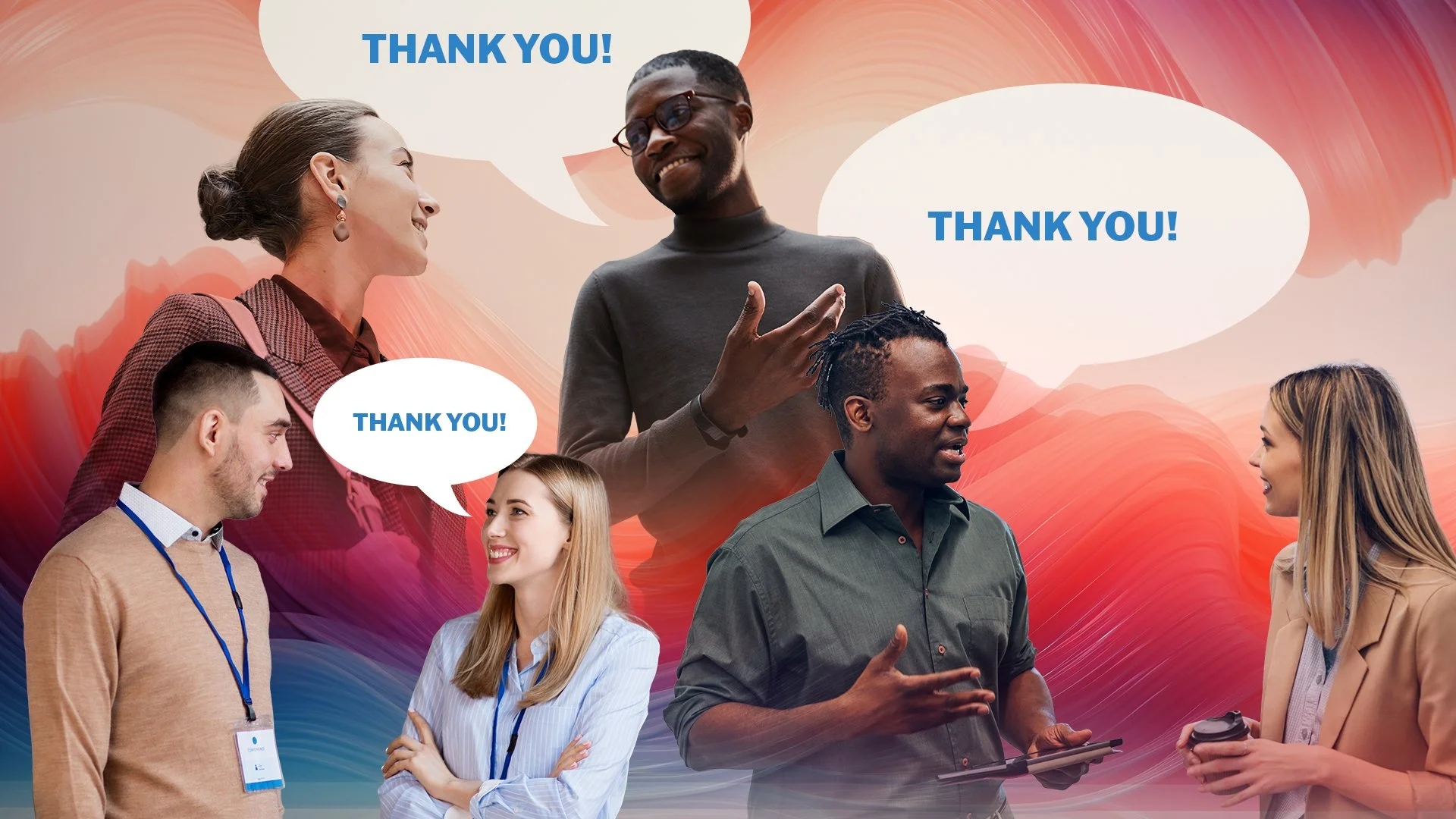As we enter a season centered on thankfulness and gratitude, I decided to begin an employee culture committee meeting—one that I facilitate twice a month for one of our partners—with an icebreaker focused on how people express appreciation.
The group of about 17 employees reflected on the question and responded one by one. Many of their answers were similar: giving gifts, baking something, shaking someone’s hand, offering something personal, or providing an experience that reflects the recipient’s interests. When answers aligned, those who shared similar sentiments nodded or expressed agreement, recognizing themselves in one another’s responses.
The icebreaker wasn’t limited to the workplace—it included home, community, and everyday interactions. One theme became clear: many people express gratitude in the same way they prefer to receive it. As I listened, I noticed patterns, and I reminded the group that all the gestures they mentioned were meaningful. But I also wanted to ground the conversation in the reality of the workplace.
I explained that, as employees, our perception of how we show up for others tends to be higher than how our actions are actually received. Often, our good intentions don’t come to fruition because we’re buried in operations and processes. We miss opportunities to slow down, say hello, authentically connect, and acknowledge the people around us—including the people who report to us.
To express gratitude consistently, we sometimes need simple reminders—sticky notes on our computers, notes on our phones or iPads, calendar alerts—to pause and say “thank you.” Vocalizing appreciation with genuine warmth and positive facial expression can make a real difference. So start there: pause the grind for a few seconds or minutes, look someone in the eye—in person or virtually—and say thank you. Name the specific action you are grateful for and how it helped you or the team. Let it land. Let it marinate. The people receiving that sincere message will feel it.
If your gratitude involves giving something, please make sure you understand what is meaningful to the person receiving it. To know what matters, you have to ask. Sometimes it’s best to be direct: “If someone were to thank you for your hard work, what gesture would feel most meaningful to you?” Whatever they share is what’s relevant and appropriate—within your means—to offer.
We’ve all seen situations where a leadership team invests in a gesture of appreciation, only to feel disappointed when employees do not respond the way they expected. When we ask how they chose that gesture, the answer is often that leadership selected something they personally would appreciate—without validating it with employees. They spend money, plan an experience or gift, and it falls flat.
Ask first. Then design the gesture around what people say they value. This goes a long way. And remember to check in periodically, because what feels meaningful may evolve over time.
In this season of Thanksgiving, all of us at DMC want to thank you—our community, our partners, our supporters, and our advocates. Thank you from the bottom of our hearts.
The DMC Workforce Success Team has more than 20 years combined experience and provides sustainable solutions to the complex social issues that affect large, medium or small businesses. Building authentic relationships is at the heart of DMC’s work, developing trust and honesty with employees to get to the root of issues and include them in the design of solutions.

